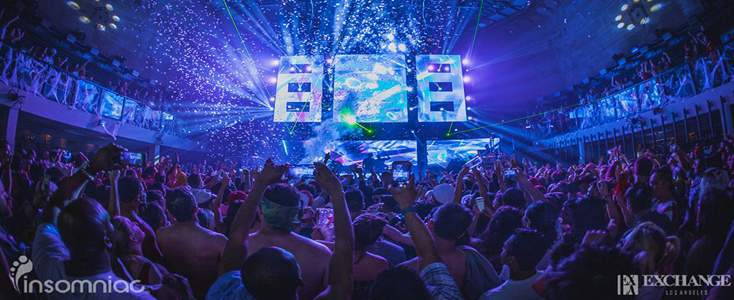
Today the Bonham Exchange is over 120 years old and is known as San Antonio’s premier downtown hot spot for over 30 years. He entrusted the club to the two beneficiaries in his estate, Kenneth Garrett, who still heads the club today, and Wade Strauch, who was also lost to an untimely death in 1992. The world truly lost a visionary with his rather sudden and untimely death in December of 1988. The Bonham Exchange opened its doors to club patrons in July 1981 with a great grand party, similar to the Hall original opening nearly a century prior and we have been going strong ever since. That began a costly renovation process for the long, long neglected building. He fell in love with our Beloved Turner Hall, choosing the building for its beauty and history. However, in 1980, downtown developer Arthur P Veltman (other known as “Hap” or Happy”), was scouting the area for a new location to replace his previous gay nightclub The San Antonio Country, which had recently been purchased by the Valero Corporation in a much-publicized event. After that, the government turned it into a storage facility for the downtown post office. The USO used the Bonham building for almost 30 years and then relocated to Hemisfair Plaza in the 1970s. Decades later, during restoration, the sandblasting to remove the paint would destroy the patina and waterproofing of the brick. The final architectural insult was that the gorgeous brick exterior was painted with a drab olive green. The stone marking Turner Hall was also taken down outside and many of the ornate stained glass windows, depicting Stars of David, inside the ballroom were boarded over. But with all the anti-German sentiment flourishing during World War II, many of the historical and memorable German markings of the old Hall were removed from the decor. The United States government purchased the property ten years later for $90,000 to house a new USO office downtown.

In 1932, they defaulted on their loan of the Hall. However, a few months later, the Great Depression hit and the Turners struggled to keep up their loan payments to the bank. That expansion would also include a 3rd story swimming pool, basketball courts, office space, club room, and a formal dining room. In February of 1929, plans were drawn up to add on an additional 10-stories. Nonetheless, the Turners had ideas for expanding the Hall. However, the founding family, the Turners, faced some struggles in the coming decades as their children did not share their love and enthusiasm for fitness nor the essential interest in the athletic association. It was acclaimed as an affair worthy of the occasion, eclipsed in elegance by everyone who had witnessed it and would be remembered in local social circles for many years. It was covered by the then, San Antonio Daily Express, which would later become the San Antonio Express News.

:origin()/pre00/ad0d/th/pre/i/2015/305/3/3/body_exchange_by_napalmhonour-d9f6ffz.jpg)
Nine months later, on January 30, 1892, a luxurious and festive grand opening party was held. The 20,000 square foot facility would be covered in pressed Chicago brick, lined with Kerrville limestone, and granite. The building would contain a bowling alley, a gymnasium, and a grand ballroom for formal events. On April 18 of that year, architect James Wahrenberger and builder Adam Maurer, set out to erect Turner Hall for just under $35,000.

That’s when Turn Verein, a German athletic association, whose purpose was to the improvement of the mind through the development of the body, purchased the land our beloved Bonham sits on. When you walk through the halls of the Bonham Exchange, you’re not just walking into the hottest nightclub in San Antonio, you’re literally traveling back into time.


 0 kommentar(er)
0 kommentar(er)
